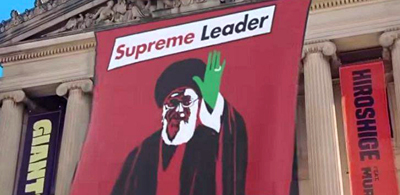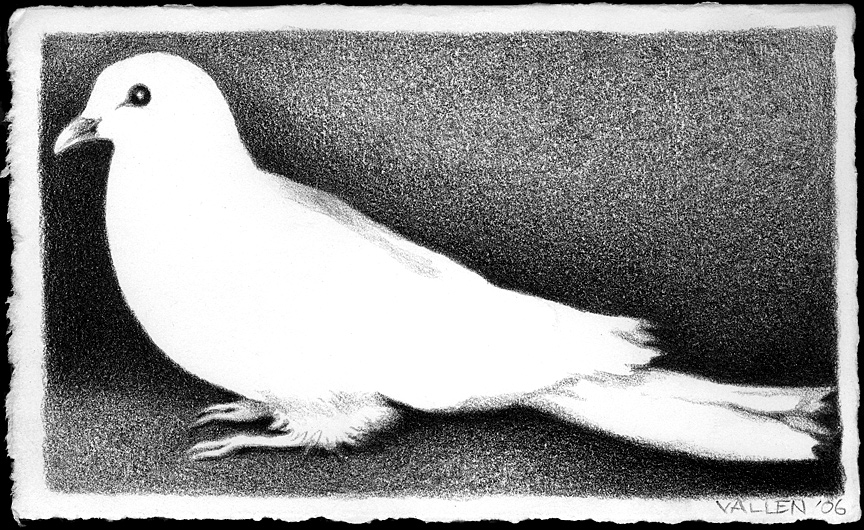Similar Posts
The Pervasive Ignorance of Westerners
Starting this January 6th, the Stephen Cohen Gallery in Los Angeles is holding an exhibit of photos by Tseng Kwong Chi, and reading from the press release the show presents “tongue-in-cheek images of the artist posing as a Chinese Communist dignitary or ‘Ambiguous Ambassador’ in a world utterly alien to his persona, complete with the classic Mao suit, dark glasses…
An Odd, Groaning Civilization
“People are crushed under the wardrobe. Without lifting up the wardrobe it is impossible to deliver whole peoples from their endless and unbearable suffering. It is terrible that even one person should be crushed under such a weight: to want to breathe, and not be able to. The wardrobe rests on everybody, and everyone tries to lift up the wardrobe,…
My Country Right or Wrong
African American artist, Cliff Joseph, was the co-founder of the 1960’s Black Emergency Cultural Coalition in New York, an artist’s group involved in creating socially conscious artworks. Joseph’s oil on canvas painting, titled My Country Right or Wrong was created in 1968 at the height of America’s war on Vietnam. The artwork derided the blind patriotism that made the war…
Body Worlds: Diary of the Dead
On January 29, 2005, I wrote an article titled Body Worlds: The Art of Plastic Corpses?, in which I criticized the popular traveling exhibitions of plasticized human bodies that have garnered so much national attention in the United States. On March 4, 2005, I wrote a follow-up article, Body Worlds Corpse Factory, which took a closer look at Gunther von…
Thanksgiving? No Thanks!
I created this cartoon of a turkey at his Thanksgiving feast when I was only 17 years old. My pen drawing titled, No Thanks!, served as the cover for the Southern California psychedelic “underground” newspaper, The Tribe. This particular edition of the pre-Watergate paper hit the streets on November 26th, 1971. Its anti-Nixon theme certainly didn’t win me any friends,…

The AI Ayatollah
I viewed a Telegram video on June 22, 2024 that showed militant anti-Israel protesters taking over the Brooklyn Museum in New York City on May 31, 2024. At the actual May demonstration, pro-Palestinian crowds seized the museum lobby and hung a gigantic black banner from the pediment over the entry way that read: “Free Palestine-Divest From Genocide.” The June video…


